Guide to Typography
Typography plays a crucial role in web design, influencing both aesthetics and usability. The right typography can enhance readability, reinforce your brand identity, and create a memorable user experience. In this guide, we will explore the fundamentals of typography and how to effectively use it for your website.
1. Understanding Typography Basics
Typography is more than just selecting a font; it encompasses various elements that impact design and readability. Here are some key components:
Typeface vs. Font: A typeface is a family of fonts (e.g., Helvetica), while a font is a specific style within a typeface (e.g., Helvetica Bold).
Serif vs. Sans-Serif: Serif fonts have small decorative strokes, making them ideal for traditional and print designs. Sans-serif fonts offer a cleaner, more modern look, often preferred for digital screens.
Line Spacing (Leading): The vertical space between lines of text, crucial for improving readability.
Letter Spacing (Tracking): The spacing between characters in a block of text, which can impact legibility.
Kerning: The adjustment of space between individual characters to ensure visual balance.
2. Choosing the Right Fonts for Your Website
When selecting fonts for your website, consider the following factors:
Readability: Ensure your font is easy to read across different devices and screen sizes.
Brand Identity: Your typography should align with your brand’s personality. A luxury brand might use elegant serif fonts, while a tech company might opt for modern sans-serif fonts.
Font Pairing: Combining complementary fonts creates visual harmony. A common strategy is pairing a serif font for headings with a sans-serif font for body text.
Web-Safe Fonts: Choose fonts that are widely supported across browsers, such as Google Fonts or system-default fonts.
3. Best Practices for Typography on Your Website
To ensure an optimal user experience, follow these typography best practices:
Limit the Number of Fonts: Stick to two or three fonts to maintain consistency and avoid clutter.
Use Hierarchy: Differentiate text elements with varying font sizes, weights, and styles to guide users through the content.
Optimize Line Length: Aim for 50-75 characters per line to enhance readability.
Contrast for Readability: Ensure sufficient contrast between text and background for accessibility.
Responsive Typography: Use relative units like em or rem instead of fixed pixels to ensure text scales properly on different devices.
4. Implementing Typography in Web Design
To apply typography effectively on your website:
CSS Styling: Use CSS to define font styles, sizes, and spacing for consistency across all pages.
Typography Scale: Establish a consistent scale for headings, subheadings, and body text (e.g., 1.6x ratio between text levels).
Whitespace Management: Proper spacing improves readability and enhances the overall aesthetic appeal.
Testing & Adjustments: Preview typography on different devices and make necessary refinements to ensure a seamless experience.
Final thoughts
Typography is an essential aspect of web design that significantly impacts user experience and brand perception. By selecting the right fonts, maintaining hierarchy, and following best practices, you can create a visually appealing and accessible website. Investing time in typography choices will help ensure your website is both functional and aesthetically pleasing.
Need help refining your website’s typography? Let’s collaborate to bring your brand’s vision to life with a stunning design!



